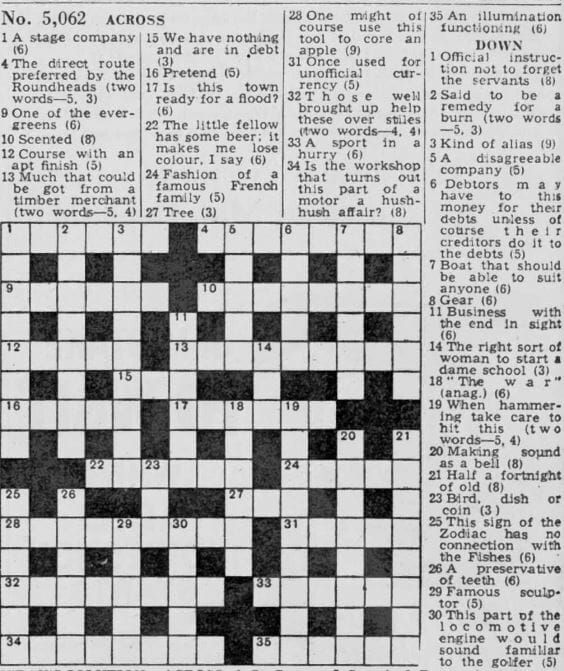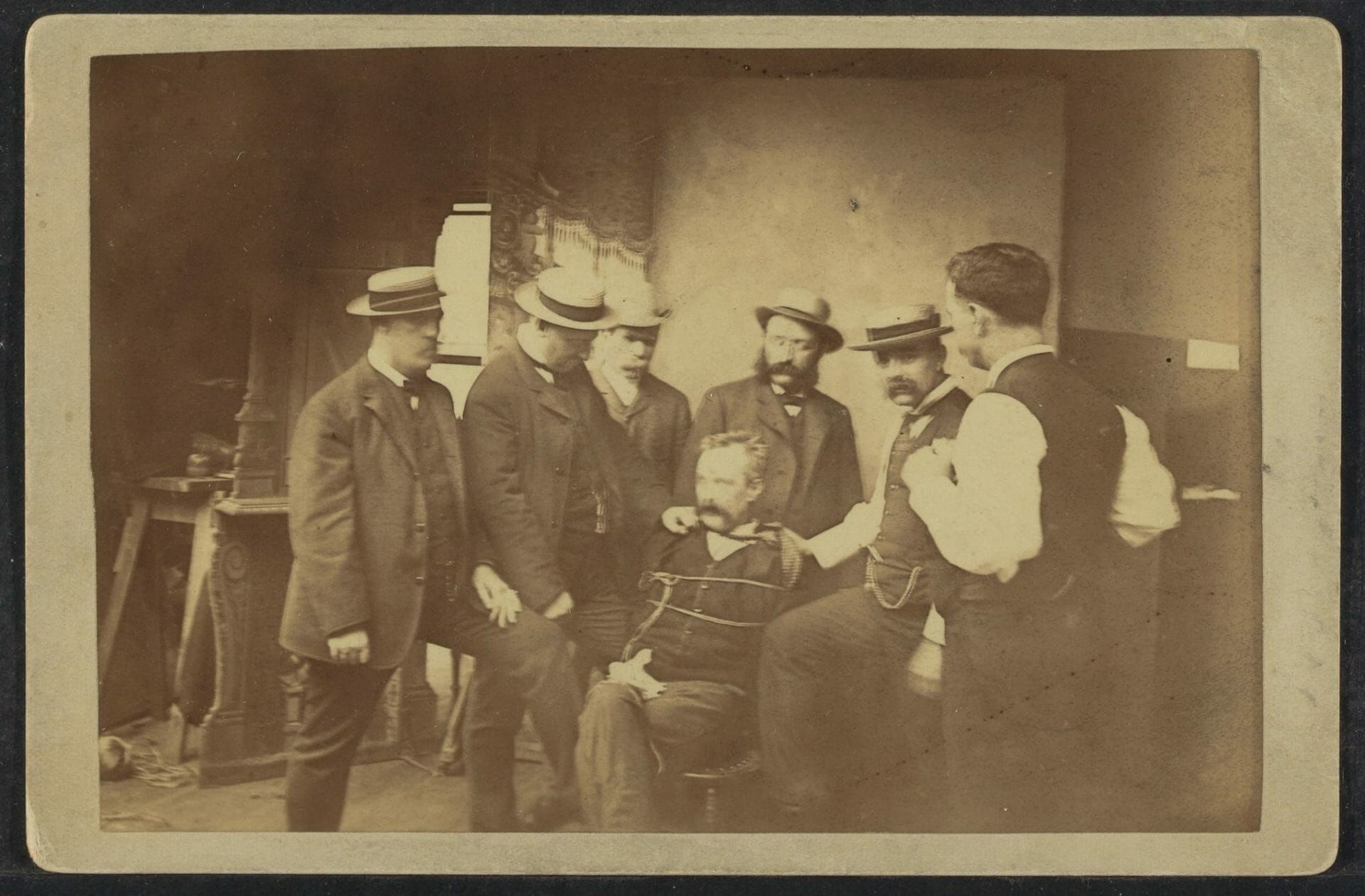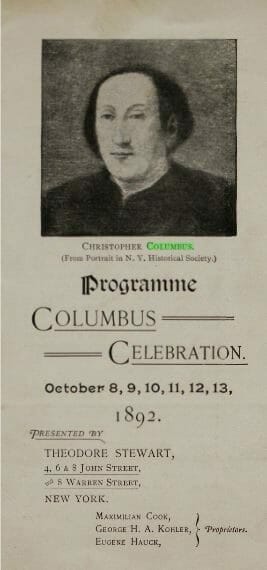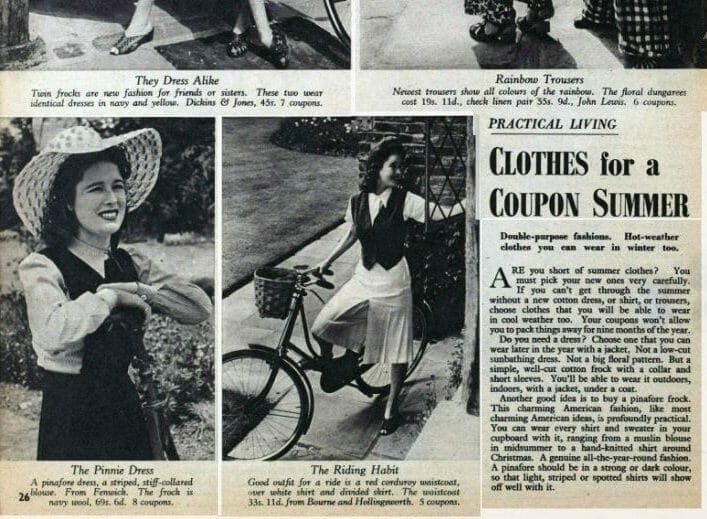The Daily Telegraph newspaper is known for its ‘high tone’ and has acquired a reputation for being ‘serious, popular and pioneering’ over the years. A sign of its status can be traced back to the Second World War, where its editor’s willingness to depart from convention ensured the newspaper’s critical involvement in the War’s outcome. For the newspaper did not simply stand back and report on events, although the work of first female war correspondent Clare Hollingworth should not be downplayed, but unwittingly engaged itself in the Allied cause.
Month: January 2016
Victorian Secrets: Crime, Punishment, and Popular Culture, 1790-1920
By Dr Lucy Jane Sussex
The term ‘Victorian values’ reappears every now and then in twenty-first century media. Usually, it is politically charged, signifying a nostalgia for better days, to be found in the long nineteenth century (1790-1914). Here be, like dragons, the virtues of hard work, morality, piety, and none of this new-fangled debauchery.
Marking Columbus’s First Journey
Working for a US-based company like Gale, a part of Cengage Learning, it is hard to escape the fanfare of nationwide ‘federal holidays’. Far more interesting – and, seemingly, more commonplace – than the various ‘bank holidays’ we have here in the UK, the US recognises eight official federal holidays. Yet when I noticed that Columbus Day was pencilled in on my email calendar for 10th October 2016, I was surprised to learn that it was not, in fact, considered one of those eight holidays. In 2013, just 24 states observed the holiday. A mark of the re-evaluation of Columbus’s influence upon America and, for many, the effects upon indigenous ways of life, Columbus Day is today a far more contested occasion than it once might have been. With January marking 524 years since Columbus was granted the funds to finally embark upon his first voyage, I was spurred to delve into Gale’s digital archival collections to see if I could detect a change in mood towards Columbus Day observance.
From coupons to cocktail dresses: tracking changes to women’s wartime fashion using the Picture Post
The New Year often brings a sense of “out with the old, in with the new”. For the fashion-conscious, it’s a good excuse to revamp ones wardrobe and go shopping. These days it’s easy to buy new clothes every season, but it was very different during the Second World War. Then, clothing was rationed and had to be reused as much as possible. Once the war was over, the “out with the old” attitude finally prevailed over rationing, culminating in Christian Dior’s ground-breaking ‘New Look’. I used Picture Post and other newspaper archives in Gale Artemis: Primary Sources to track changing attitudes to fashion in the newspapers and magazines of the time.




